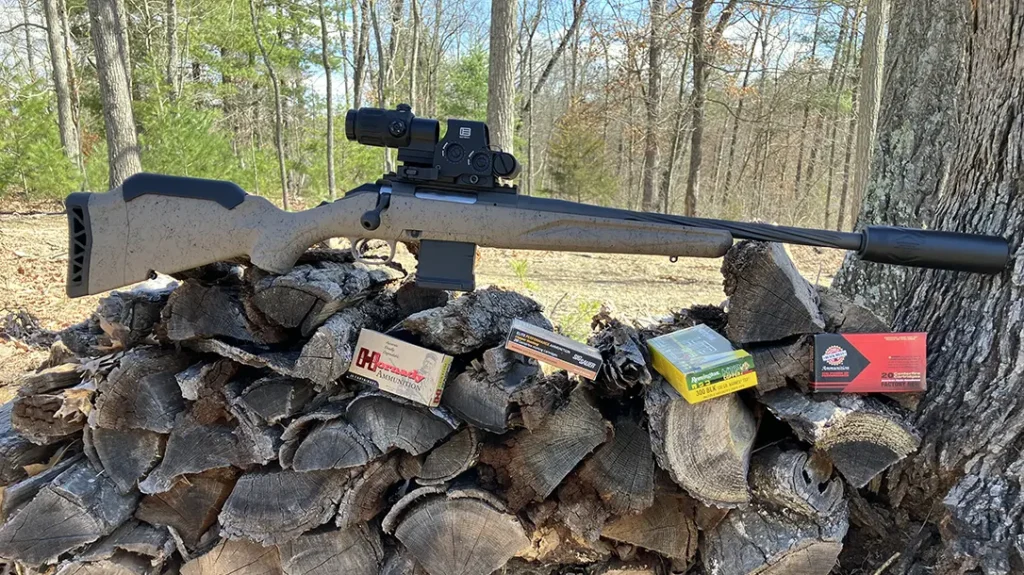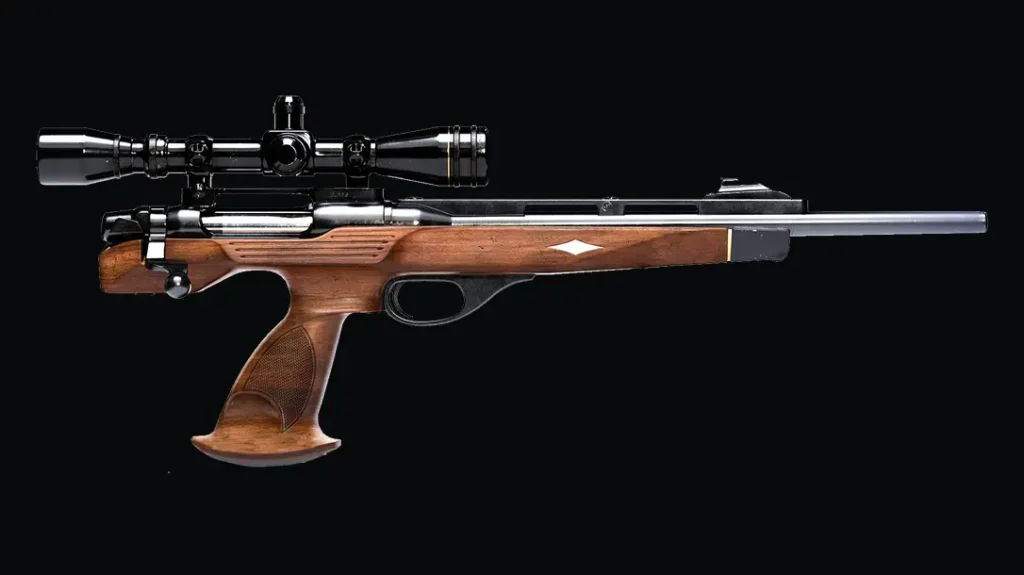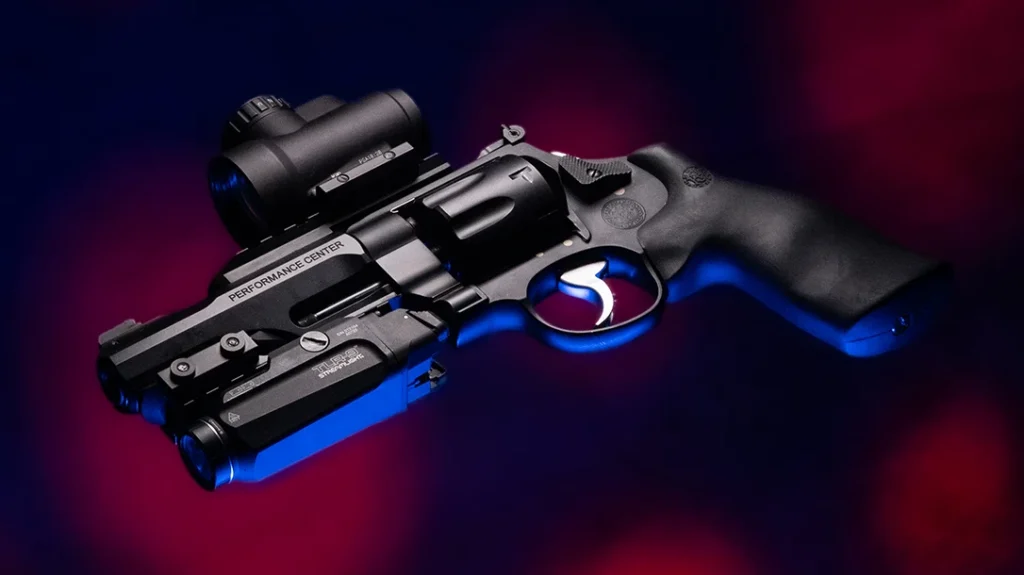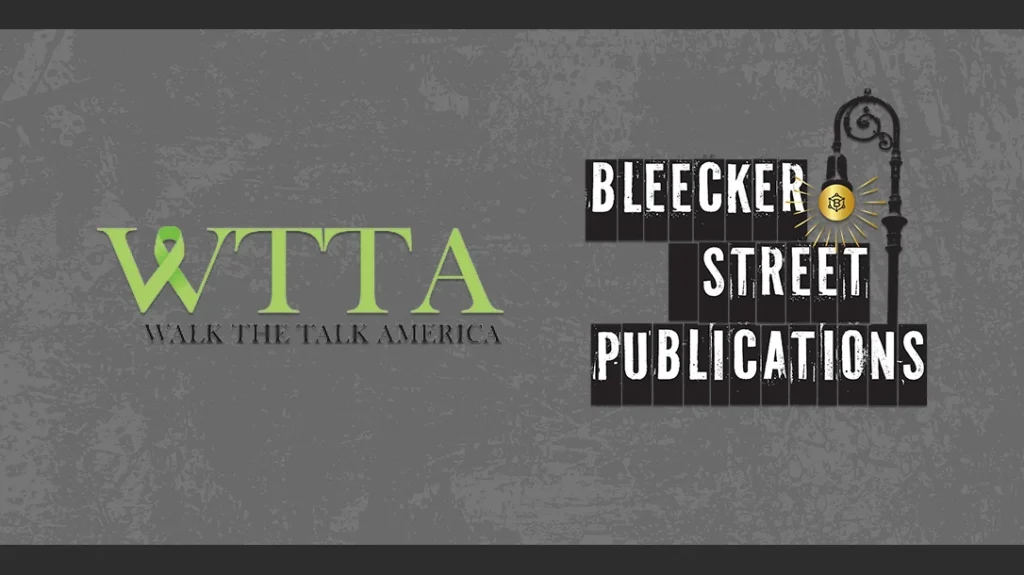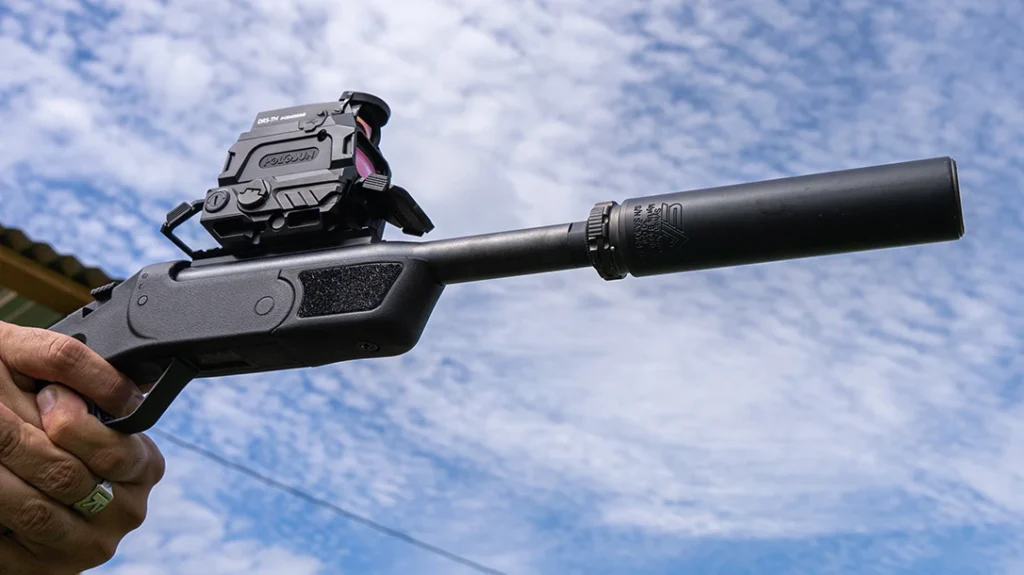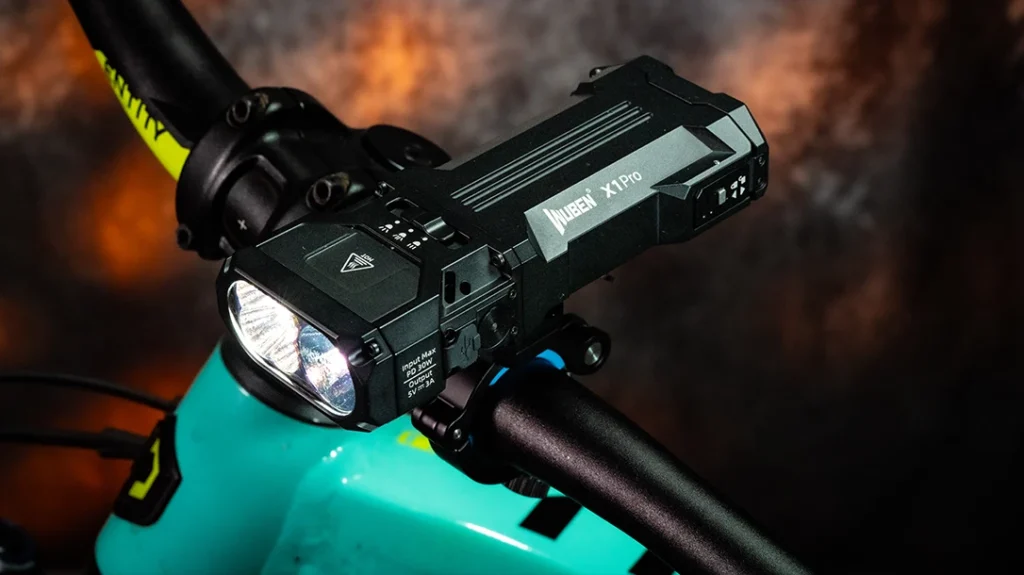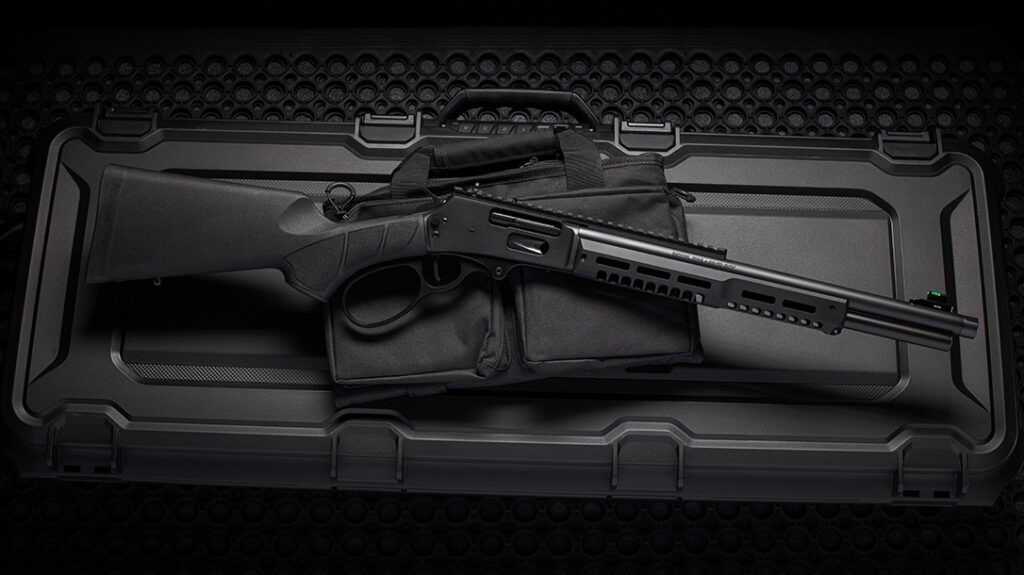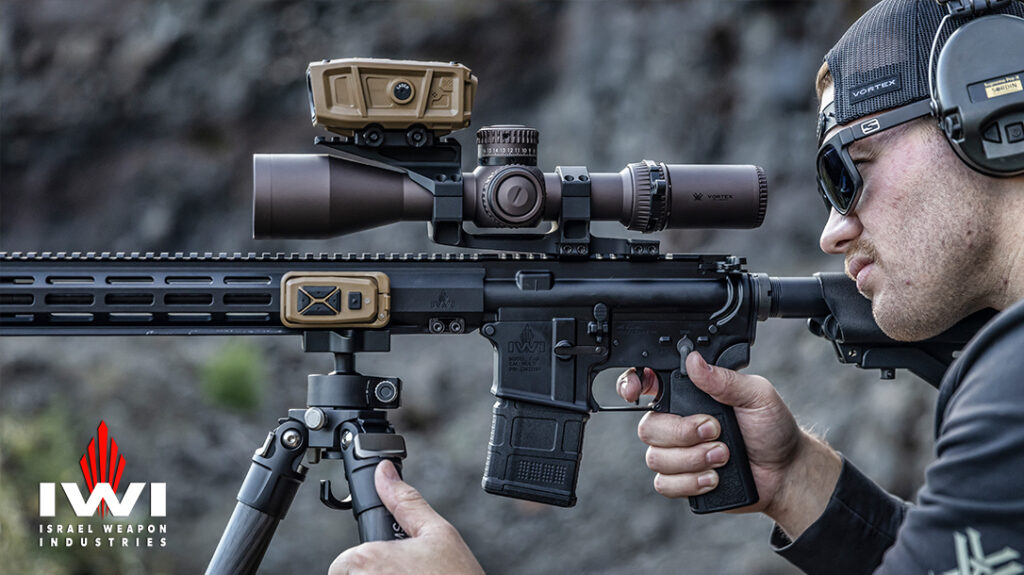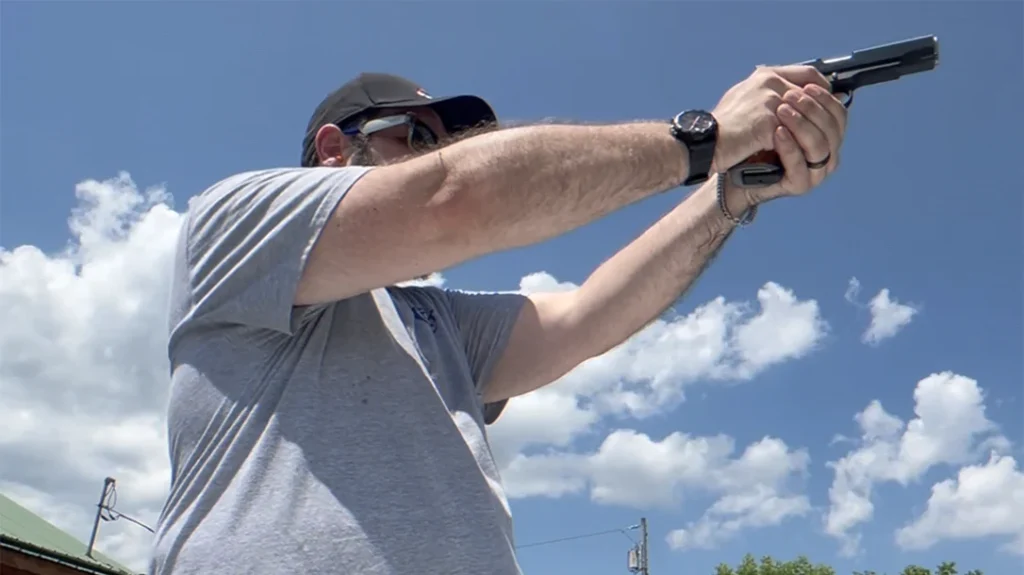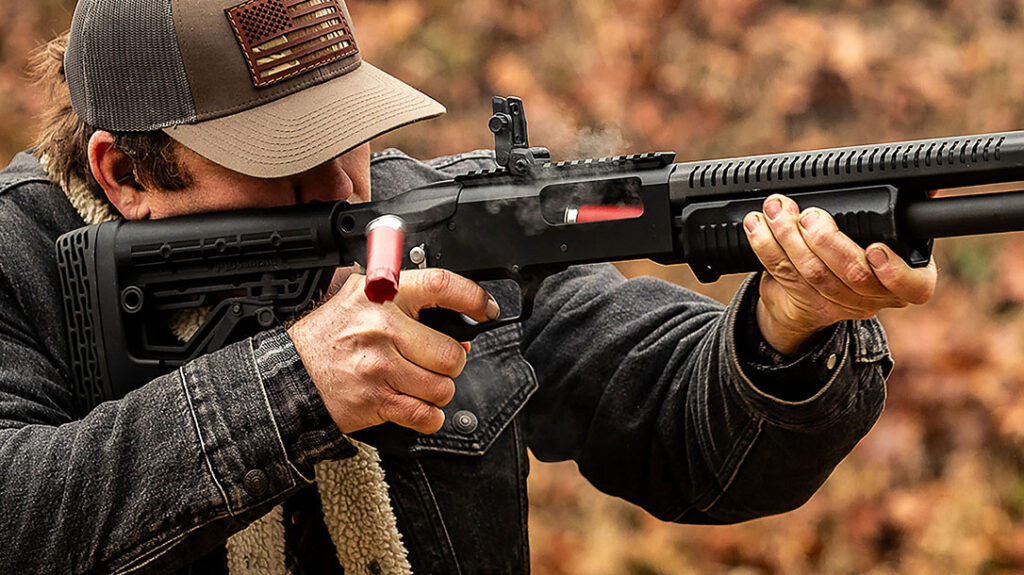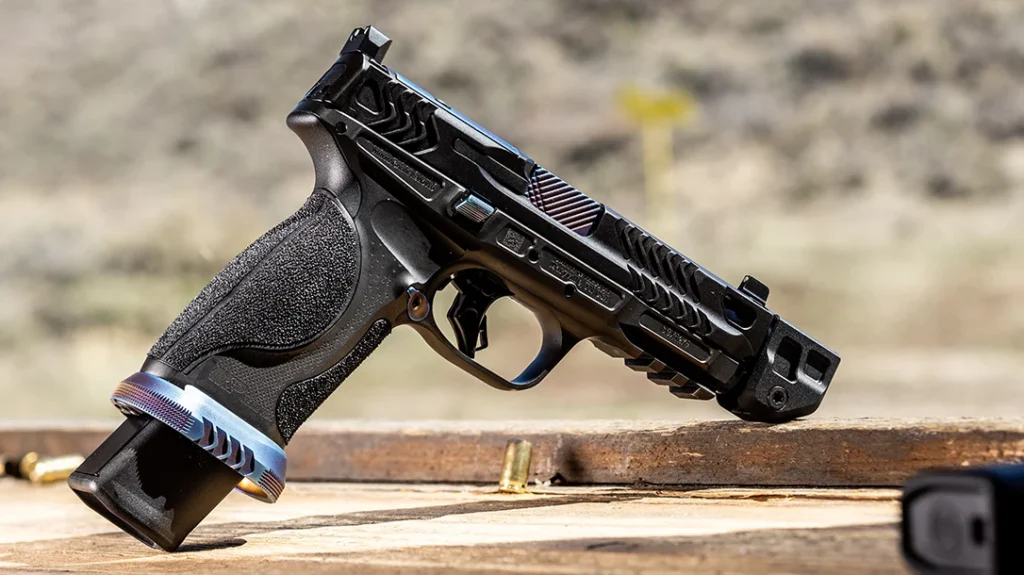When it comes to cool firearms, I consider revolvers to be among the coolest. I’ll come clean–I grew up watching Western television shows and movies that depicted the revolver’s glory days. There always seemed to be some properly armed sheriff carrying a revolver who could lay down the law at any moment.
Revolvers, sometimes called “wheelguns,” have an interesting history.
Even though attempts to produce successful multi-shot revolver designs began in the early 1800s, it wasn’t until 1836 that Samuel Colt patented a practical and successful mass-produced design. Colt’s design had a central revolving cylinder that could hold multiple black-powder loads. His design also made it so that this cylinder could turn through the leverage from the gun’s hammer. Colt’s first revolver was a significant step forward in handgun technology and development across the board.
Advertisement — Continue Reading Below
Naturally, metallic cartridges had not yet been invented in 1836, so early revolvers required the use of black powder and percussion caps. The charge holes in these guns’ cylinders had to be manually loaded. Even so, having multiple shots at the ready still held a distinct advantage over earlier single-shot black powder pistols. To boost firepower, many early revolver shooters carried multiple revolvers on their person to avoid reloading at once–not unlike Jim Cirillo of NYPD Stakeout Squad fame. Later on, the development of metallic cartridge ammunition made revolvers even more practical.
How Modern-Day Revolvers Work
Depending on how you look at it, revolvers operate in a manner that is both simple and complicated.
In modern double-action revolvers, cartridges are loaded into the cylinder’s [often six] charge holes. When the cylinder turns, each charge hole will eventually line up with the revolver’s breech and forcing cone. Directly on the opposite end, the charge hole is lined up with the rear of the frame which allows the hammer to make contact directly or indirectly with the primer to ignite the cartridge.
Advertisement — Continue Reading Below
The basic idea is simple: pulling the trigger or the hammer back cocks the revolver while also turning the cylinder so that a fresh cartridge gets lined with both the hammer and the barrel. At this point the hammer is under mainspring tension which causes the hammer to fly forward and strike the primer. After the primer explodes, it ignites the propellant. This builds up pressure which drives the bullet through the barrel and out of the muzzle. When you pull the trigger again, the cycle mechanically repeats until all cartridges have been fired.
World Of Modern-Day Revolvers
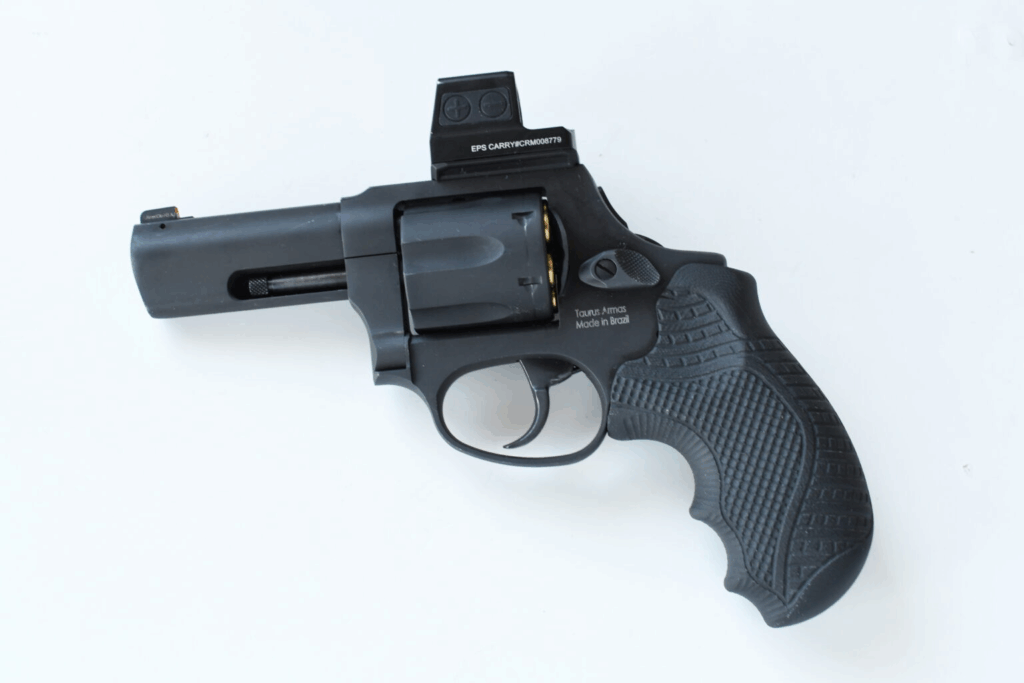
Modern revolvers come in a wide variety of calibers. Smaller rimfire revolvers in .22 LR are often used for plinking, sport shooting and even varmint control. Larger calibers like .357 Magnum and .44 Magnum are often used for handgun hunting. Hunters tend to hunt medium sized game like deer and hogs.
Advertisement — Continue Reading Below
The largest revolvers, like Smith & Wesson’s X-Frame .500 S&W Magnum or .454 Casull revolvers, can drop very large game. These larger guns are often carried in remote backcountry areas for protection against dangerous predators such as grizzly bears.
The sizes of revolvers are just as varied as the chamberings. Some of North American Arms’ diminutive mini revolvers are only 4 inches in length, have a 1-inch barrel and weigh only 6.4 ounces. Then you have big-bore hunting revolvers on the other end of the spectrum. These guns can have barrels measuring 11 or 12-inches in length and weigh up to 4 pounds!
Especially for the convenience of carry, many revolvers also come available in a “hammerless” configuration. Their hammers are either internal or shrouded creating a smooth exterior and help provide a snag-free draw. Obviously, without the ability to thumb-cock the hammer, hammerless revolvers are double-action only. In terms of self-defense, this is fine because defensive revolvers are always handled in double-action.
Advertisement — Continue Reading Below
Another interesting revolver trend is how gun companies continue to produce single-action “cowboy style” revolvers that look much like those carried back in the Old West.
While the moving parts might be somewhat different, these newer revolvers are built to tighter tolerances than the ones in the 1800s, thanks to manufacturing advances. They’re also often not only safer, but more accurate and reliable than those made in the 19th century. And not to mention, they’re also available in calibers that simply didn’t exist in the olden days.
Closing Thoughts
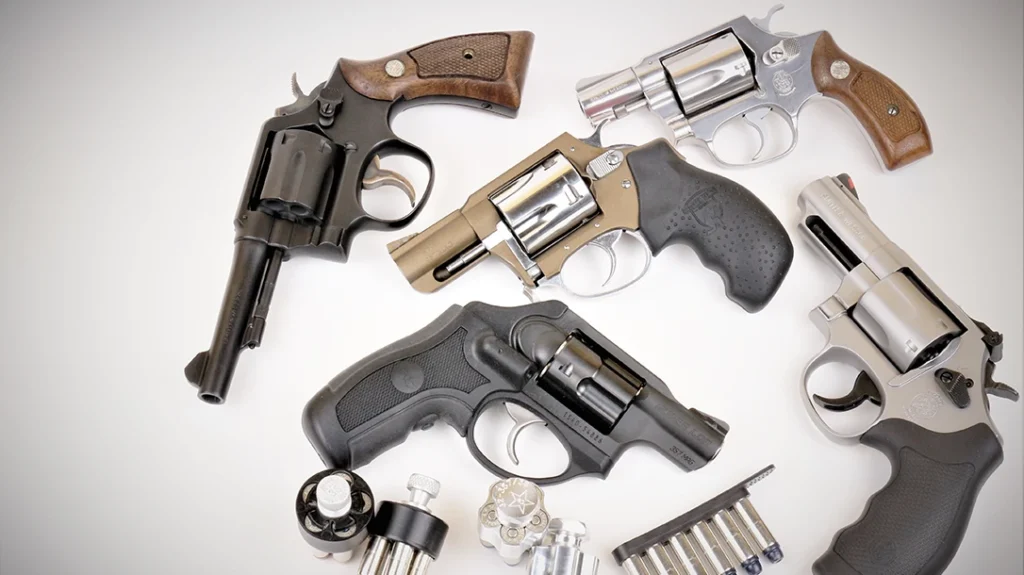
Advertisement — Continue Reading Below
Though revolvers have been around for eons, they’re still likely sticking around because the simplicity of their mechanisms makes a properly-made revolver nearly bombproof.
For those new gun owners who love history and the look of a fine revolver, one of these handguns would make a fine addition to their growing collection and could become a family heirloom to pass down to future generations.
Advertisement — Continue Reading Below

